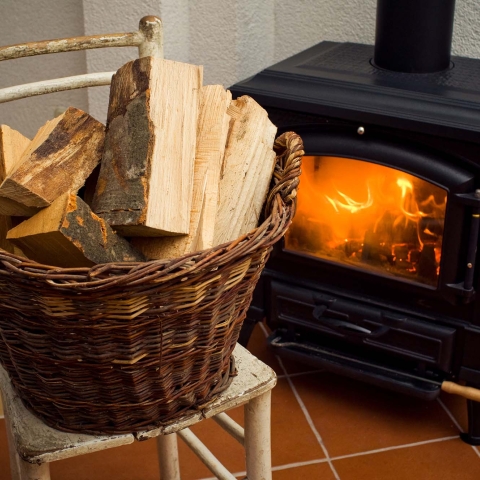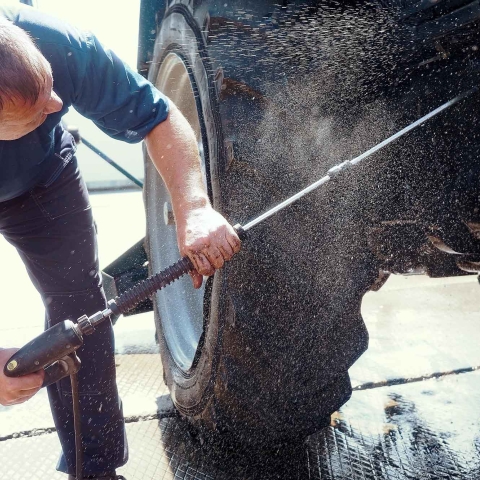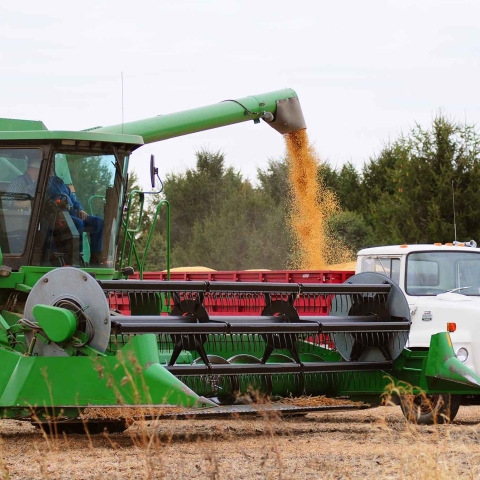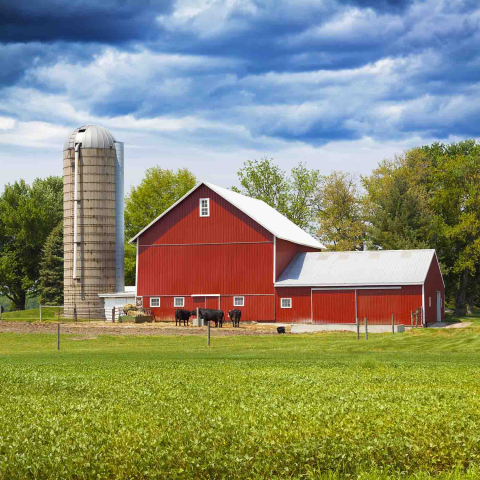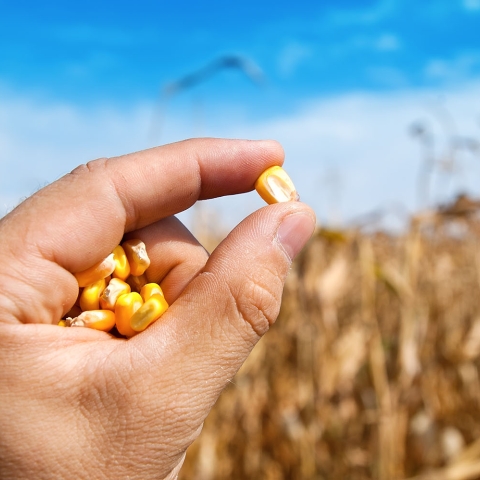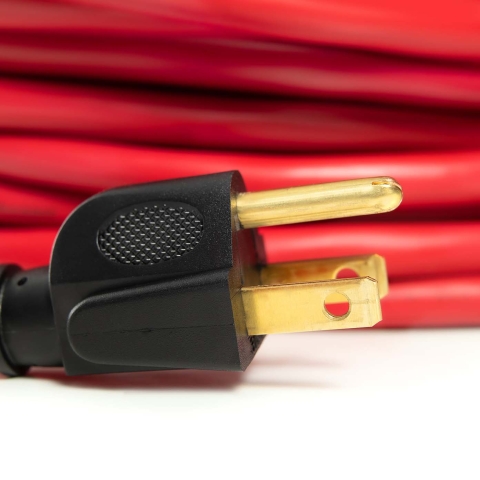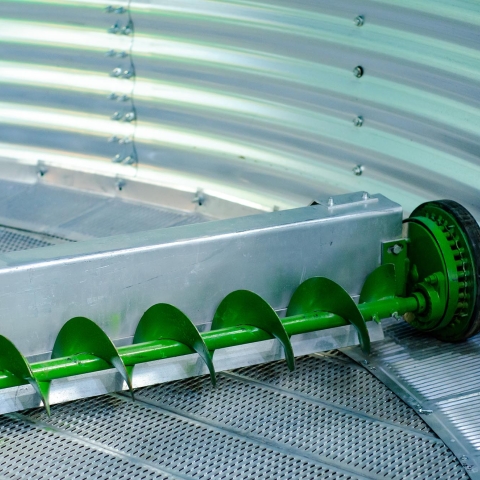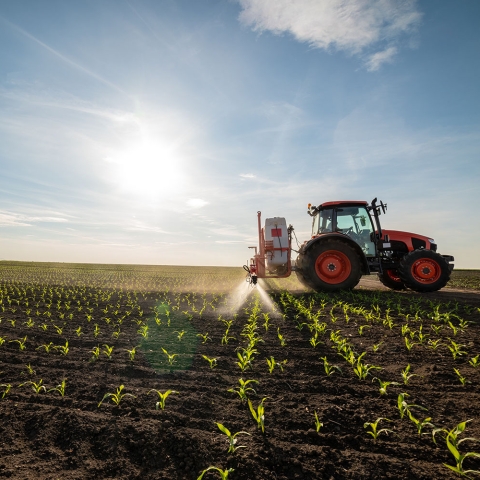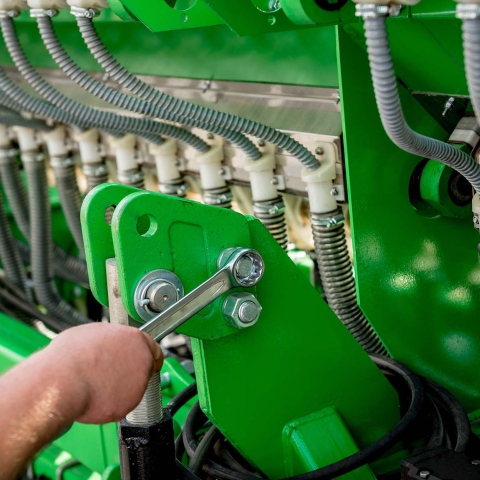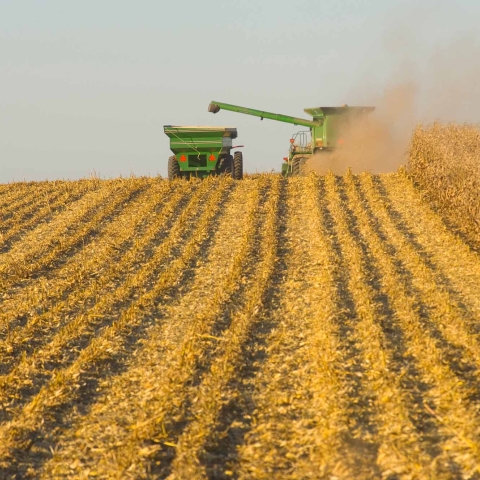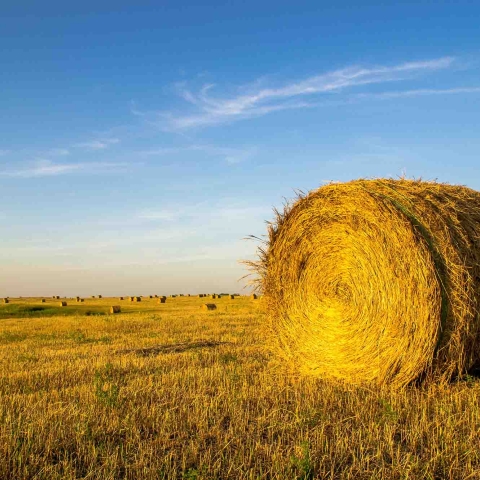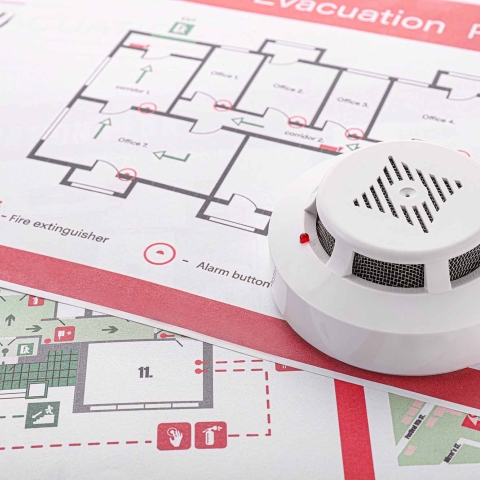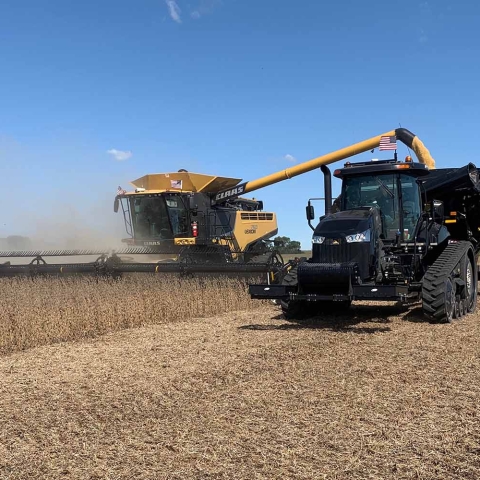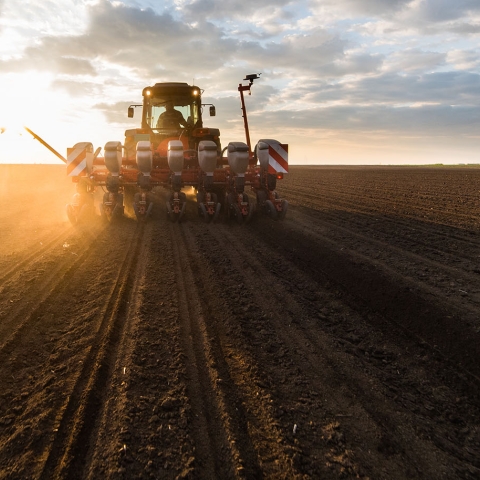Hydrating
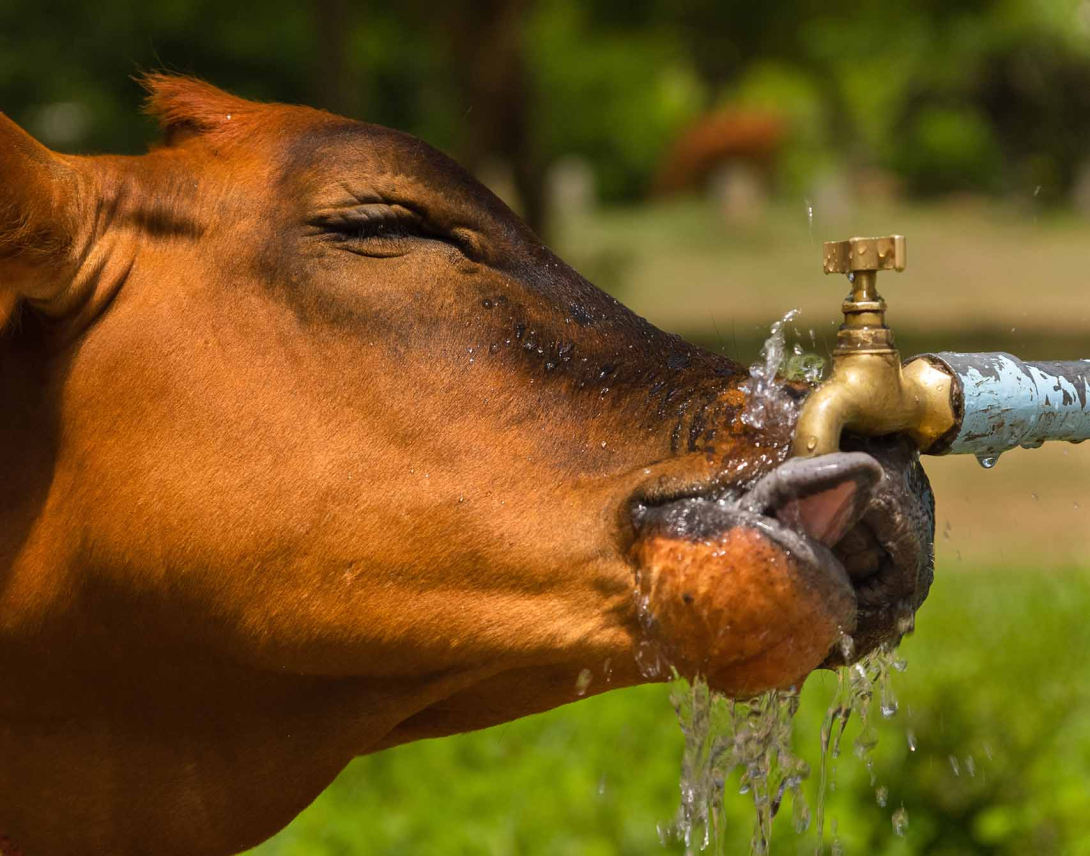
The Importance of Staying Hydrated When Farming
Crops are not the only things that need water on a farm. Farm workers need water too!
Drinking water can prevent dehydration, a condition that can cause unclear thinking, mood change, the body to overheat, constipation, and kidney stones according to the Centers for Disease Control and Prevention (CDC).
Water helps your body keep a normal temperature. Keep in mind your body will need more water when you are in hotter temperatures and when you are active.
3 tips to prevent dehydration
In the summer, it is essential for workers to remain hydrated and cool while farming. Here are some steps you can take to minimize the risk of dehydration or even heat stroke.
1. Make sure you and your farm workers have easy access to water. Bring a thermos or hydroflask with you to keep the water cold. It also helps you monitor your water intake to ensure you are always staying hydrated.
2. Try to schedule the hardest work during the coolest time of the day, such as early morning or evening. If that’s not possible, try to take breaks from the sun.
3. What you wear can protect you from the heat and sun as well as help you avoid farm-related injuries. Make sure that your protective clothing is breathable and doesn’t hold in heat. Wear light-colored clothing that is made from cotton or breathable fabrics.
How do you know you aren’t getting enough water?
Signs you are dehydrated, according to Healthline.com, include dark-colored urine, decreased urination, headaches, fatigue, dry skin, decreased skin elasticity, and poor concentration.
What happens if you are dehydrated?
According to Purdue University Agricultural Communication, dehydration, which results from inadequate fluid consumption, can have serious consequences. Signs and symptoms of dehydration include muscle fatigue, cramps, loss of coordination, difficulty concentrating, little or no urine output, dry mouth, extreme fatigue, headache, and dizziness or light-headedness. It is important to be aware of these dehydration indicators. If untreated, the symptoms could worsen and result in more severe medical conditions such as heat stroke.
Know the symptoms of heat stroke and what to do.
According to the CDC, heat stroke is the most serious heat-related illness. It occurs when the body becomes unable to control its temperature: the body’s temperature rises rapidly, the sweating mechanism fails, and the body is unable to cool down. When heat stroke occurs, the body temperature can rise to 106°F or higher within 10 to 15 minutes. Heat stroke can cause death or permanent disability if emergency treatment is not given.
The symptoms of heat stroke include:
- Confusion, altered mental status, slurred speech
- Loss of consciousness (coma)
- Hot, dry skin or profuse sweating
- Seizures
- Exceedingly high body temperature
- Fatal if treatment delayed
First Aid
According to the CDC, take the following steps to treat heat stroke:
- Call 911 for emergency medical care.
- Stay with the worker until emergency medical services arrive.
- Move the worker to a shaded, cool area and remove outer clothing.
- Cool the worker quickly with cold water or ice bath if possible; wet the skin, place cold wet cloths on skin, or soak clothing with cool water.
- Circulate the air around the worker to speed cooling.
- Place cold wet cloths or ice on head, neck, armpits, and groin; or soak the clothing with cool water.



